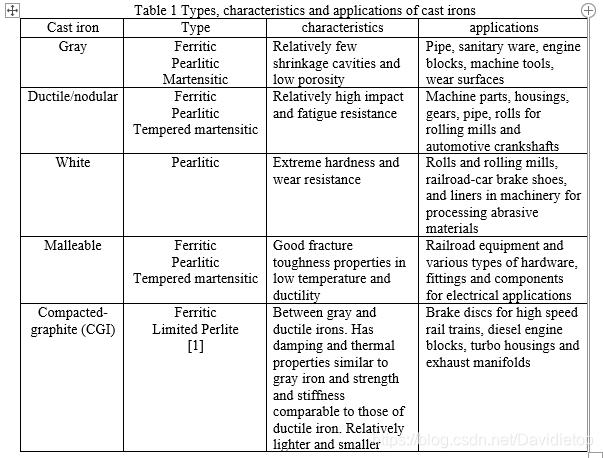热加工作业考研题目答案分享——metal casting 3
Metal casting homework three
版权声明
本内容由狂小虎原创整合,请不要售卖,为了防止爬虫以及保持免费性,设置为仅粉丝可见。另外,题目以及解释可能不完全正确,仅供参考,同时也欢迎各位在讨论区指点出内容的错误之处。
文章目录
- 版权声明
- 3.2. What is the significance of hot spots in metal casting?
- 3.3. What is shrinkage allowance? Machining allowance?
- 3.6. Name the types of cast irons generally available, and list their major characteristics and applications.
- 3.11 If you need only a few castings of the same design, which three processes would be the most expensive per piece cast?
- 3.17 What type of cast iron would be suitable for heavy-machine bases, such as presses and machine tools? Why?
- 3. 33. In Fig. P 3.33, the original casting design shown in (a) was resized and modified to incorporate ribs in the design shown in (b). The casting is round and has a vertical axis of symmetry. What advantages do you think the new design has as a functional part over the old one?
3.2. What is the significance of hot spots in metal casting?
Hot spots can develop shrinkage cavities and porosity. It is important to maintain as much as possible uniform cross sections and wall thicknesses throughout the casting to avoid or minimize shrinkage cavities. Thus, it is recommended to eliminate hot spots. For example, hot spots can be reduced by utilizing small cores.
3.3. What is shrinkage allowance? Machining allowance?
Shrinkage allowance, known as patternmaker’s shrinkage allowances, is to avoid cracking of the casting during solidification and cooling, usually ranging from about 10 to 20 mm/m. Shrinkage allowance is a sort of machining allowances. Machining allowance is a planned deviation between an exact dimension and a nominal or theoretical dimension, or between an intermediate-stage dimension and an intended final dimension.
3.6. Name the types of cast irons generally available, and list their major characteristics and applications.
The answer can be seen in table 1.

3.11 If you need only a few castings of the same design, which three processes would be the most expensive per piece cast?
Die, centrifugal, shell mold casting cost comparatively highest per piece, because from table 3.6 in the text book, it can be discovered that these processes involve high equipment and die cost. Moreover, as the result of only several castings are needed to manufacture, which means labor is not a significant factor for cost, I would cost most by utilizing die, shell mold or centrifugal casting on this assignment.

3.17 What type of cast iron would be suitable for heavy-machine bases, such as presses and machine tools? Why?
Grey cast iron may be the most recommended choice, because of its great castability and high strength. High castability means that it would cost less when casting. Furthermore, damping capacity of grey iron is also relatively high which specially satisfies the wanted properties of machine tools.
3. 33. In Fig. P 3.33, the original casting design shown in (a) was resized and modified to incorporate ribs in the design shown in (b). The casting is round and has a vertical axis of symmetry. What advantages do you think the new design has as a functional part over the old one?
- Hot spots are minimized or even eliminated, so that the porosity is reduced.
- The strength and stiffness of the casting are improved.
- The material of casting iron would be reduced by proper design in order to save money.

Reference
[1] R. J. Warrick, G. G. Ellis, C. C. Grupke, A. R. Khamseh, T. H. McLachlan, and C. Gerkits, “Development and application of enhanced compacted graphite iron for the bedplate of the new Chrysler 4.7 liter v-8 engine,” SAE Tech. Pap., no. 724, 1999.





